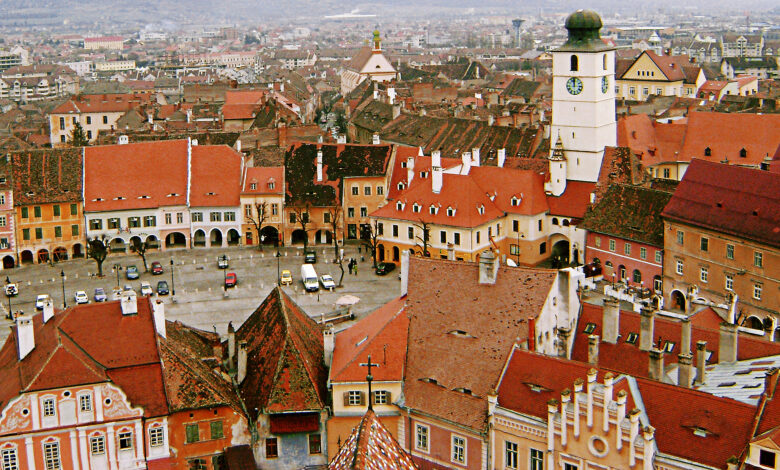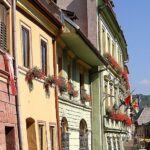Sibiu

Voted the European Capital of Culture in 2007, Sibiu is a city steeped in history and charm. Located in Transylvania, Sibiu was once a fortified town that boasts many architectural treasures. Its fortified church towers, museums, and historic churches glimpse the city’s fascinating past.
Wander through the old towers and forts, visit the International Theatre Festival, and indulge in the city’s diverse culinary scene. Sibiu is also surrounded by beautiful countryside, making it an ideal base for exploring the Transylvania region.
| ID |
|---|
| 96332 |
| Name |
| Sibiu |
| State ID |
| 4755 |
| State Code |
| SB |
| State Name |
| Sibiu County |
| Country ID |
| 181 |
| Country Code |
| RO |
| Country Name |
| Romania |
| Latitude |
| 45.80000000 |
| Longitude |
| 24.15000000 |
| WikiData ID |
| Q12159046 |










